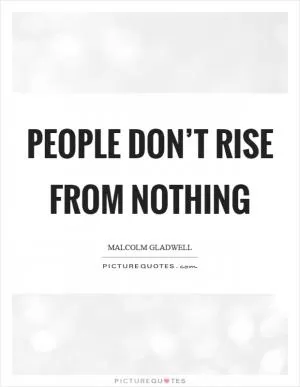It is the new and different that is always most vulnerable to market research

It is the new and different that is always most vulnerable to market research
In his book "The Tipping Point," Malcolm Gladwell discusses the concept of market research and how it can impact new and different ideas. He argues that it is often the new and innovative ideas that are most vulnerable to market research because they do not fit into existing categories or paradigms. Market research tends to focus on what is already known and familiar, making it difficult to accurately gauge the potential success of something truly groundbreaking.Gladwell suggests that market research can actually hinder the success of new ideas by forcing them to conform to existing norms and expectations. He uses the example of the development of the Sesame Street television show to illustrate this point. When the creators of the show initially tested it with children, the results were underwhelming. However, they decided to move forward with the show anyway, believing in its potential to revolutionize children's programming. Sesame Street went on to become a huge success, proving that market research is not always an accurate predictor of success for new and innovative ideas.
Gladwell also discusses the concept of the "Law of the Few," which states that a small number of influential people can have a disproportionate impact on the success of an idea or product. These individuals, known as "connectors," "mavens," and "salesmen," are able to spread the word about new ideas and generate interest and excitement among the public. Market research may not always capture the influence of these key individuals, leading to inaccurate predictions about the potential success of a new idea.
Overall, Gladwell's insights into market research and the vulnerability of new and different ideas shed light on the limitations of traditional methods of gauging consumer interest and predicting success. By recognizing the importance of innovation and the role of influential individuals in driving the success of new ideas, businesses and marketers can better navigate the ever-changing landscape of consumer preferences and trends.












 Friendship Quotes
Friendship Quotes Love Quotes
Love Quotes Life Quotes
Life Quotes Funny Quotes
Funny Quotes Motivational Quotes
Motivational Quotes Inspirational Quotes
Inspirational Quotes